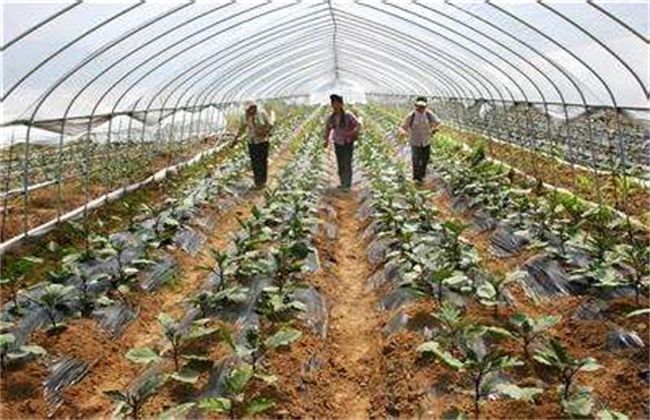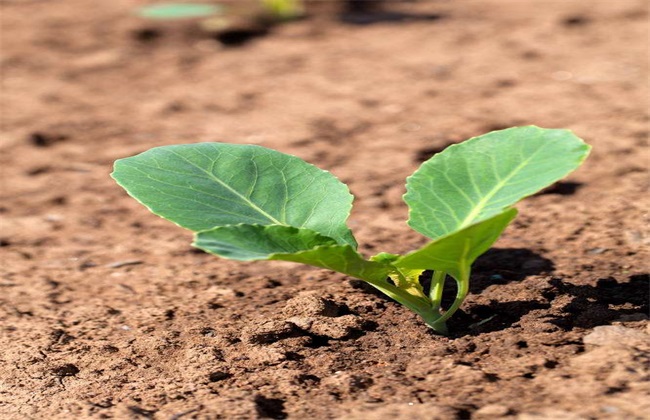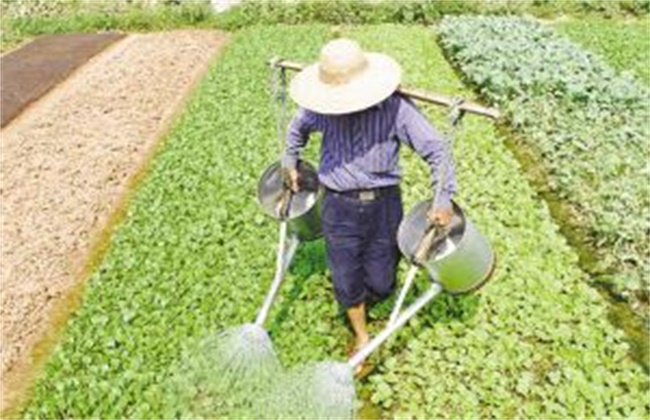Fertilization methods and matters needing attention for vegetables in greenhouse
Nowadays, the cultivation of vegetables mostly depends on the greenhouse, which can be put on the market in advance, and it can also cultivate vegetables out of season and obtain greater benefits, but improper fertilization of vegetables in the greenhouse will not only cause soil consolidation and fertilizer damage, but also lead to excessive toxic substances in vegetables, endangering human health. Therefore, the fertilization of vegetables in the greenhouse must be cautious, so how to fertilize vegetables in the greenhouse? What should I pay attention to? Let's get to know it.

1. Farm manure should be rotten.
Farm manure can not only improve soil organic matter through a variety of elements and trace elements, but also improve soil organic matter, so it is widely used in the planting industry. The application of farm manure in greenhouse vegetables must go through full maturity. If there is no farm manure applied directly without full ripening, it contains a large number of bacteria and eggs, which will be fertilized and spread after fertilization, and a large amount of ammonia will be produced in the process of fermentation and ripening, which will burn the seedlings.
2. Fertilization should be scientific and reasonable.
Generally, the whole fertilization method is divided into base fertilizer, topdressing and foliar fertilizer, which is usually applied one week before planting, mainly organic fertilizer and farm manure, which should be mixed evenly with the soil. Topdressing is generally based on quick-acting fertilizer to promote the rapid growth of vegetables, ditch application or hole topdressing 7-10 cm away from the plant, covering soil and watering in time after topdressing, not directly touching the plant, so as to avoid volatilization or burning of fertilizer to vegetables. Foliar fertilizer is generally applied in the peak period and late growth period, choose a cloudy day or evening, and spray the fertilizer liquid on the leaves to facilitate the absorption of vegetables.
3. Appropriate amount of chemical fertilizer
If the fertilizer is lost and watered in the greenhouse, if too much chemical fertilizer is applied, the salt concentration in the soil will be too high, resulting in soil salinization. It is necessary to control the application of nitrogen fertilizer, increase the application of phosphorus and potassium fertilizer, and prohibit the application of nitrate nitrogen fertilizer. In the greenhouse management, it is necessary to increase the ventilation time, enhance the work, reduce the content of nitrate, and add some micro-fertilizer to improve the soil structure and improve the quality of vegetables.
4. Points for attention
In the application of micro-fertilizer is appropriate, the demand for trace elements in vegetables is very small, but the role of vegetables is great, can greatly improve the quality of vegetables. At present, after the commonly used micro-fertilizer, such as boron, aluminum, zinc, iron fertilizer, etc., micro-fertilizer is generally used as base fertilizer, and seed dressing, seed soaking or foliar spraying can also be used. The dosage must be reasonable so as not to cause fertilizer damage. Making good use of plant growth regulators can play a role in increasing production, but it is also necessary to grasp the time and concentration of use, otherwise it will not only fail to increase production, but also affect human health.
The above is the introduction of fertilization methods and matters needing attention for vegetables in the greenhouse. I hope it can help you. If you want to know more about it, please follow us.
Related
- Where is it suitable to grow horseradish in China? it is expected to see the middle altitude horseradish in Alishan.
- How to prevent tomato virus disease reasonably? (Control methods included)
- Many people like to plant towel gourd on the balcony. What are the main points of this method and management?
- What crops can chili peppers be mixed with?
- Fertilization techniques and matters needing attention in Tomato
- What are the grafting techniques for peach seedlings in spring?
- Harm and control methods of root swelling disease of Chinese cabbage
- What are the pests of sweet potatoes? How to prevent and cure it?
- Symptoms, causes and Control methods of navel Rot in Tomato
- The cause of "Cucumber rotten bibcock" in Farmers' planting Cucumber and its Control Plan



